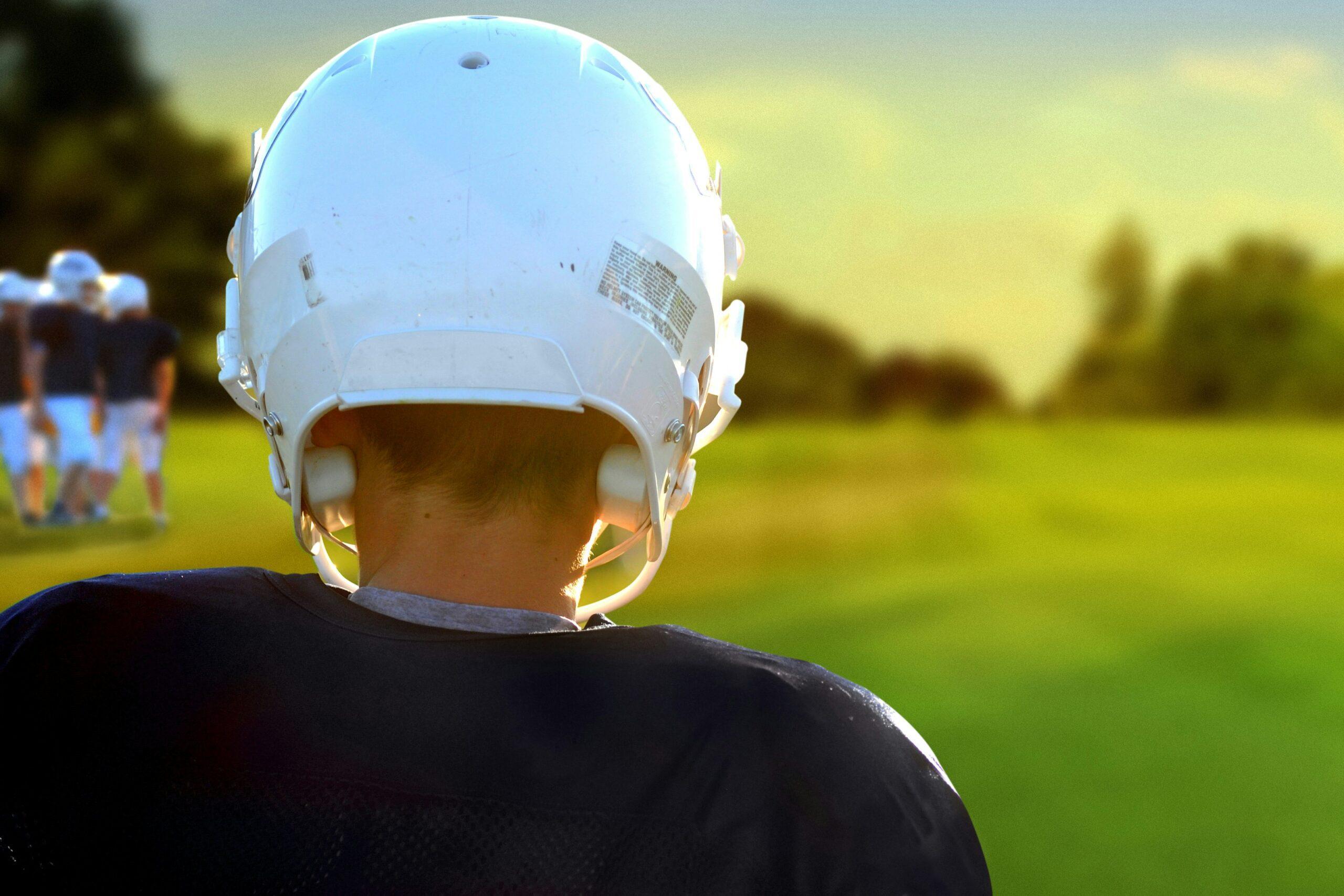While the number of children and adolescents treated in hospital emergency rooms for sports- and recreation-related traumatic brain injuries, including concussions, has increased in the past 10 years, this isn’t necessarily bad news. More children are showing up at emergency rooms at least in part because parents, coaches, and pediatricians have become more aware of the dangers of concussion and more alert to its symptoms.
The consequences of not taking concussion seriously have been in the news and the public has been paying attention. As a result, the macho custom of returning to the playing field after “having your bell rung” or “seeing stars” is no longer acceptable for athletes of any age. Yet more education is still needed, particularly in understanding the dangers of a concussion and especially, repeated concussions in children and adolescents.
A concussion is a type of traumatic brain injury in which a blow to the head or body causes the brain to be jarred or shaken inside the skull. While there are sometimes bruises or cuts on the head, there is more often no visible sign of injury, no loss of consciousness, and no structural damage to the brain. In the typical concussion, the damage to the brain is functional, meaning there is a temporary disturbance in the way the brain works. Concussions are diagnosed based on an understanding of the injury that occurred and the youngster’s symptoms.
Symptoms of Concussion
The most common symptoms of a concussion are headache, confusion, and amnesia about the injury. If the blow to the head was mild, and the child is alert and responsive, the concussion is probably mild and a visit to the doctor within a day or so is appropriate.
Symptoms that warrant immediate medical attention include repeated vomiting, loss of consciousness, lasting dizziness, a headache that gets worse over time, slurred speech, stumbling or loss of coordination, changes in vision, dilated pupils, and ringing in the ears. There are also symptoms that may not be immediately apparent, such as sleep disturbances, irritability or other personality changes, concentration and memory problems, issues with taste and smell, and fatigue.
Symptoms of a concussion are physical, emotional, and cognitive. The cognitive symptoms problems with concentration, memory, and reaction time can be assessed with neurocognitive testing, which is especially important in determining when the brain has completely healed and the child is ready to resume activities. Some young athletes undergo cognitive testing without having sustained an injury. The results are then used as a baseline for comparison should the youngster suffer a concussion. We know the brain has healed when the results of retesting match the baseline.
Recovering from Concussion
Children who sustain concussions usually recover after a week or two of rest and restricted activity. Rest must be both physical and mental. Activities that tax the brain, like schoolwork, technology use, parties, and loud music, should be restricted. As symptoms abate, the child can gradually resume normal activities. However, the child must not return to the playing field until all symptoms are gone and he has been cleared by a medical practitioner with experience managing concussions.
Children and teenagers are more likely than adults to sustain a concussion and also take longer to recover. It is critical that their recovery be complete and medically approved before resuming sports activity to avoid second impact syndrome, a rare but serious condition, in which
even a mild blow can be catastrophic if an earlier concussion hasn’t completely healed.
While a child’s concussion seldom has longterm effects, we know that repeated concussions cause cumulative damage. And having a concussion increases the risk of having another. Ensuring the safety of youngsters and preventing concussions is of paramount importance. Parents, teachers, and coaches must demonstrate and enforce standards for good sportsmanship and proper technique while using protective equipment. Appropriate equipment must be used in the car, too, and precautions should be taken at home as well. We can’t protect our children from falls, bumps, and bruises, but we can take common-sense steps to reduce the risk of concussion.



